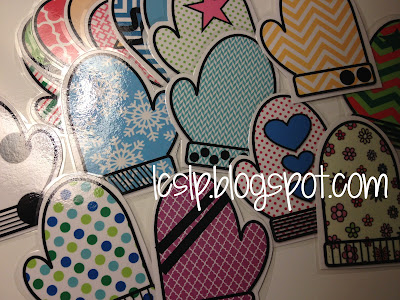Last year, my department provided each preschool team with an iPad - yay! It arrived, however, preloaded with apps, most of which were geared toward a more advanced population, and with ties to an iTunes account that we could not access - bummer, right? Perhaps due mainly to my lack of techno-savvy, it spent most of last year acting as a glorified camera. How's that for a confession?
I have since overcome the iTunes issue, and this (albiet expensive) little tool has quickly become my new best friend. I am sharing a list of some of my personal favorite iPad apps for preschool speech and language for those of you, like me, who have no idea where to begin...
Okay, I know I said, "affordable," and yes, I'm contradicting immediately with a splurge, but I promise it's the only one and worth the price. This is my most-used app and by far my favorite for articulation. Contains virtual flashcards that depict high-quality, real-life photos (great for an added vocabulary bonus) and allows you to work in all positions at word, sentence, and story levels. Data collection/progress tracking also embedded.
I use this app to work on "first, next, then, last," sequencing language and it throws in some extras such as emotions ("How will __ feel?") and prediction ("What happens next?"). It's customizable so that I can preselect the sequences that will be presented.
Meet Lenord. My preschoolers love that he can hear them talk and will repeat back everything they say (great for working on intelligibility and MLU). This furry friend comes with a collection of silly little activities: he blows bubbles (pop them), eats a sandwich, and has a pinwheel (make it spin). Plus, he's highly ticklish. I use it mainly for reinforcement and communication temptation.
One of many apps from Super Duper - behold, Fun Decks in electronic form. This app is great for working on receptive and expressive categories; I turn the sound off and also use it for object-function and wh- questions. Data collection embedded.
Students choose pairs of pictures (field of four) that go together. I also like it to target functional vocabulary, object-function, categories, etc. Higher level "why?" component is also available.
Presents sets of four photographs depicting present progressive verbs for receptive identification. I turn the sound off and use this app to work on expressive he/she pronouns and -ing endings. Settings allow me to select or deselect specific verbs depending on the client.
This is my most-recommended app for parents. Time is such an abstract concept for preschoolers and the visual of, "When the red is all gone..." literally allows children to watch time pass, making it so much more concrete. I use this app (and my actual
visual timer) in the classroom constantly.
Great for work on adjectives, comparative and superlative morphemes (-er, -est), this app is a simple comparison of real-life pictures and provides immediate feedback.
Receptive identification of photographs based on feature ("Show me the one that has a tail"), function ("Touch the one that you sit on"), or class ("Where is the farm animal?"). Also provides verbal labels for each item and tracks responses/accuracy.
This app is very cause-and-effect, and I use it with my youngest clients. I like it for following directions, practicing shapes and colors, and prewriting strokes. It also includes some opportunities to target prepositions and introduce some basic concepts.
This is by no means a comprehensive list - I'd love to hear how you are learning to incorporate iPad technology into therapy. What are your must-have apps for early childhood?



























.JPG)






















